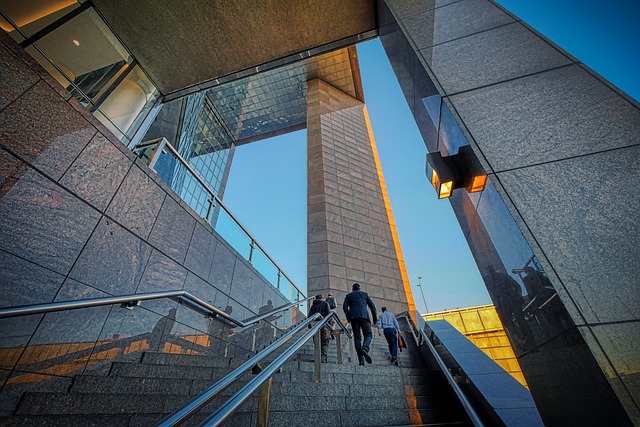The modern city stands as a vibrant canvas, illustrating the intricate relationship between art and design in urban development. As our towns and cities continue to grow and evolve, the fusion of artistic expression and functional design becomes crucial in shaping not just the environment, but the community experience as well. Urban development is no longer just about erecting buildings; it’s about weaving together the cultural fabric of the society.
Art is often perceived as an indulgent pursuit, primarily for galleries or private collections. However, when integrated into urban development, art transcends this limitation and becomes a vital part of public spaces. Public art installations, murals, and sculptures provide soul to otherwise sterile urban landscapes. They invite dialogue, inspire reflection, and allow individuals to see themselves as part of the community narrative. Imagine strolling through a neighborhood where each turn reveals a thoughtfully placed piece of art, each telling a story about the locale’s history and its people. This is the power of art in urban development.
Design complements art in urban planning by ensuring functionality aligns with aesthetics. Good design takes into consideration the surrounding environment, usability, and the experience of the individual. The layout of a park, the configuration of streets, and even the materials used in creating public spaces must all echo a harmonious balance between purpose and beauty. A well-designed urban landscape can enhance the quality of life, making it more enjoyable and accessible for everyone.
Furthermore, collaboration between artists, designers, urban planners, and the community can lead to transformative projects. For instance, the development of open spaces such as plazas and parks can become communal hubs that serve as gathering areas, markets, and venues for public performances. Such initiatives not only elevate the aesthetic appeal of an area but also foster a sense of belonging and ownership among residents.
However, integrating art and design into urban development requires a holistic vision. Stakeholders must prioritize community engagement from the onset, ensuring that the voices of residents are included in the planning process. This approach not only enhances the design’s relevancy but also strengthens community ties, enriching the local culture.
Additionally, sustainable practices should permeate all aspects of urban development. Utilizing eco-friendly materials and implementing energy-efficient designs not only respects the planet but can also serve as a form of art. Green roofs, living walls, and sustainable water features can create aesthetically pleasing environments that are in tune with nature.
As we navigate the complexities of urban growth, the essential question remains: How can we cultivate spaces that embody the artistic spirit while accommodating the necessary functions of modern life? The answer lies in understanding that the realms of art and design are not isolated; they are interdependent partners in crafting a thriving urban landscape. By embracing this synergy, we can unlock new avenues of creativity that will shape the cities of the future.




